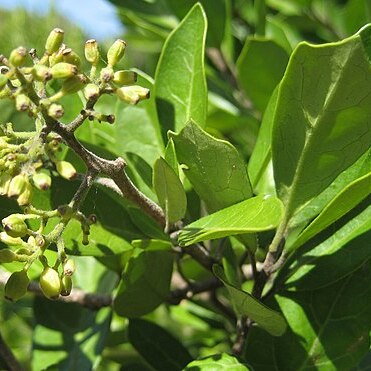Dioec. to polygamous shrubs or trees with fls in terminal panicles. Calyx minute; petals white, glab.; stamens 5, filaments filiform. Ovary 1-celled, ovule solitary. Drupe small; stone obtusely trigonous. A small genus occurring in N.Z., Australia, Norfolk Id; the N.Z. sp. endemic.

